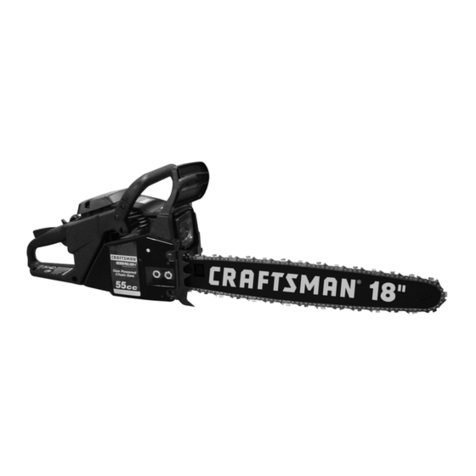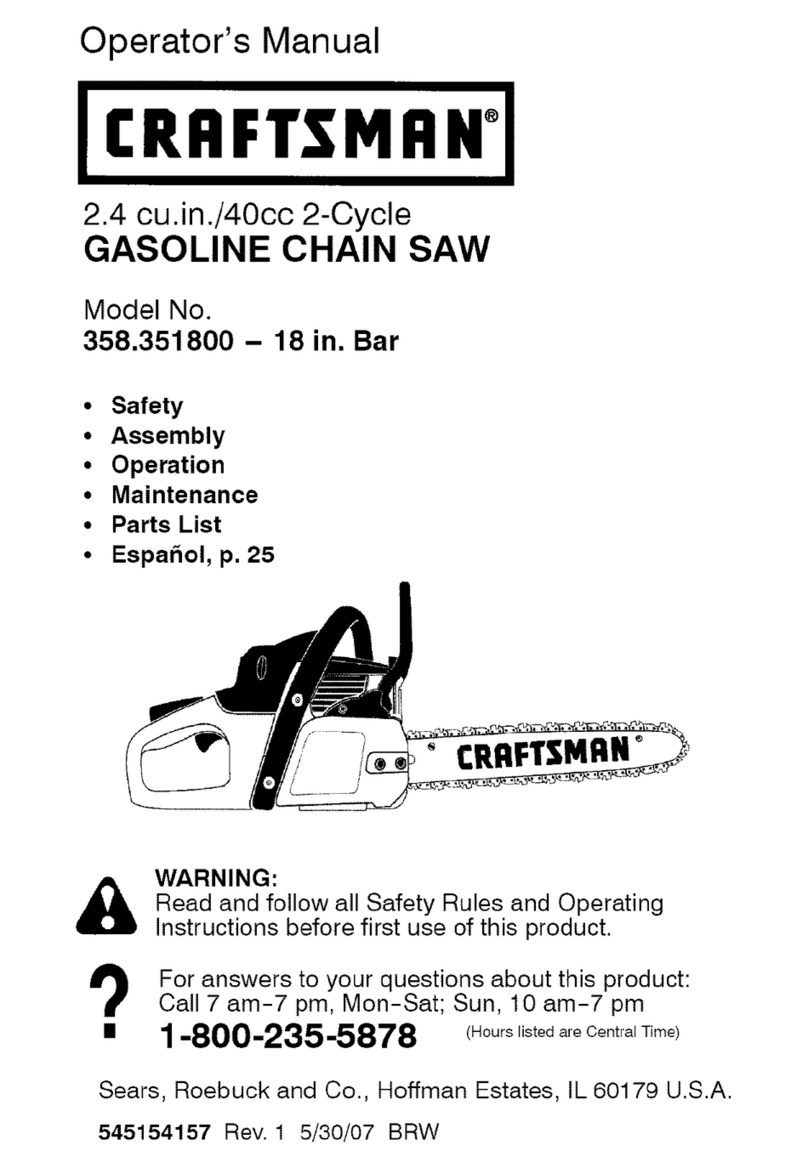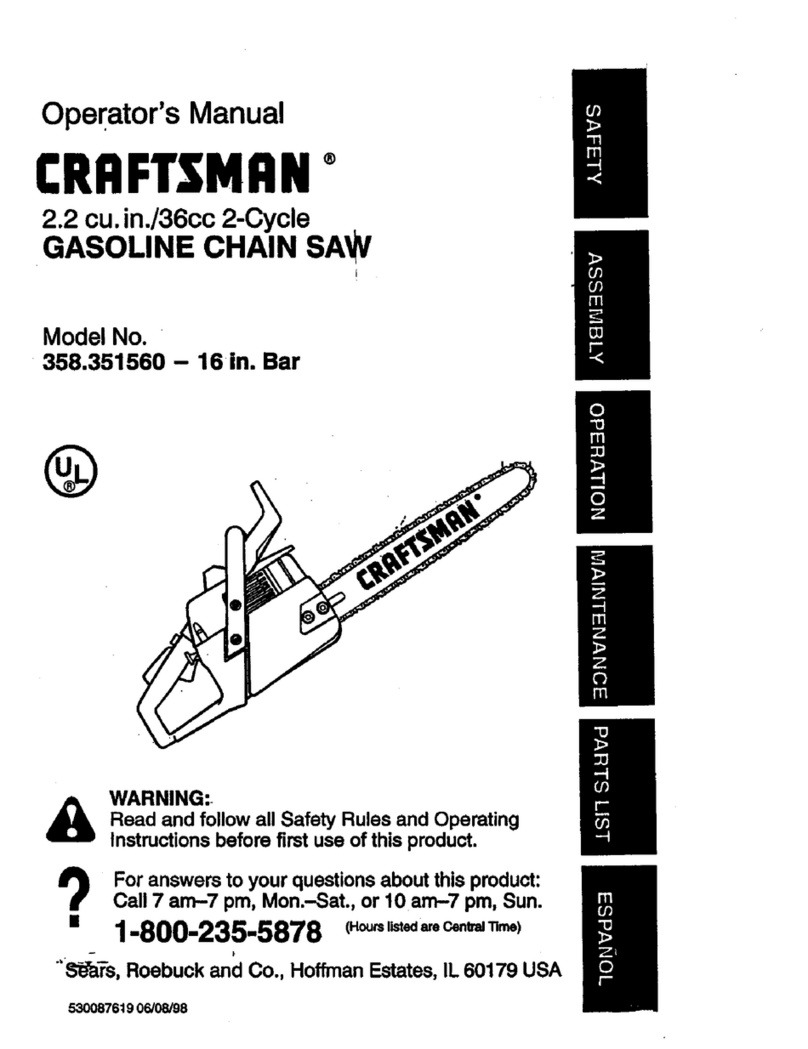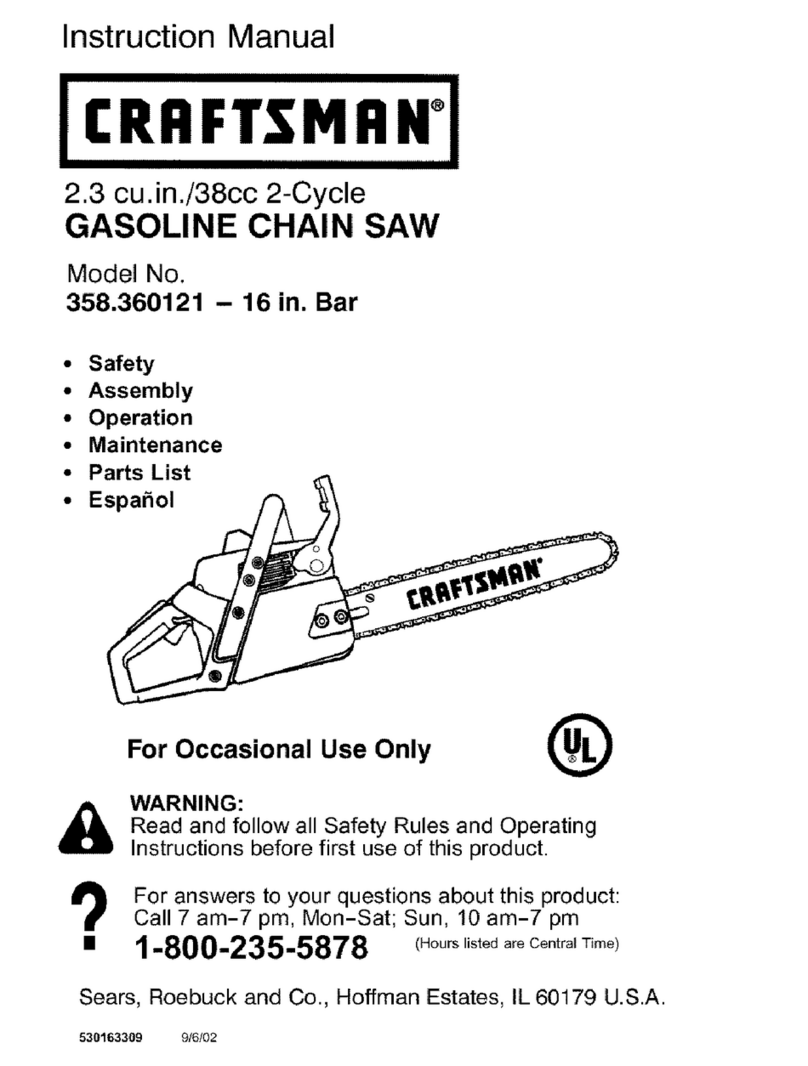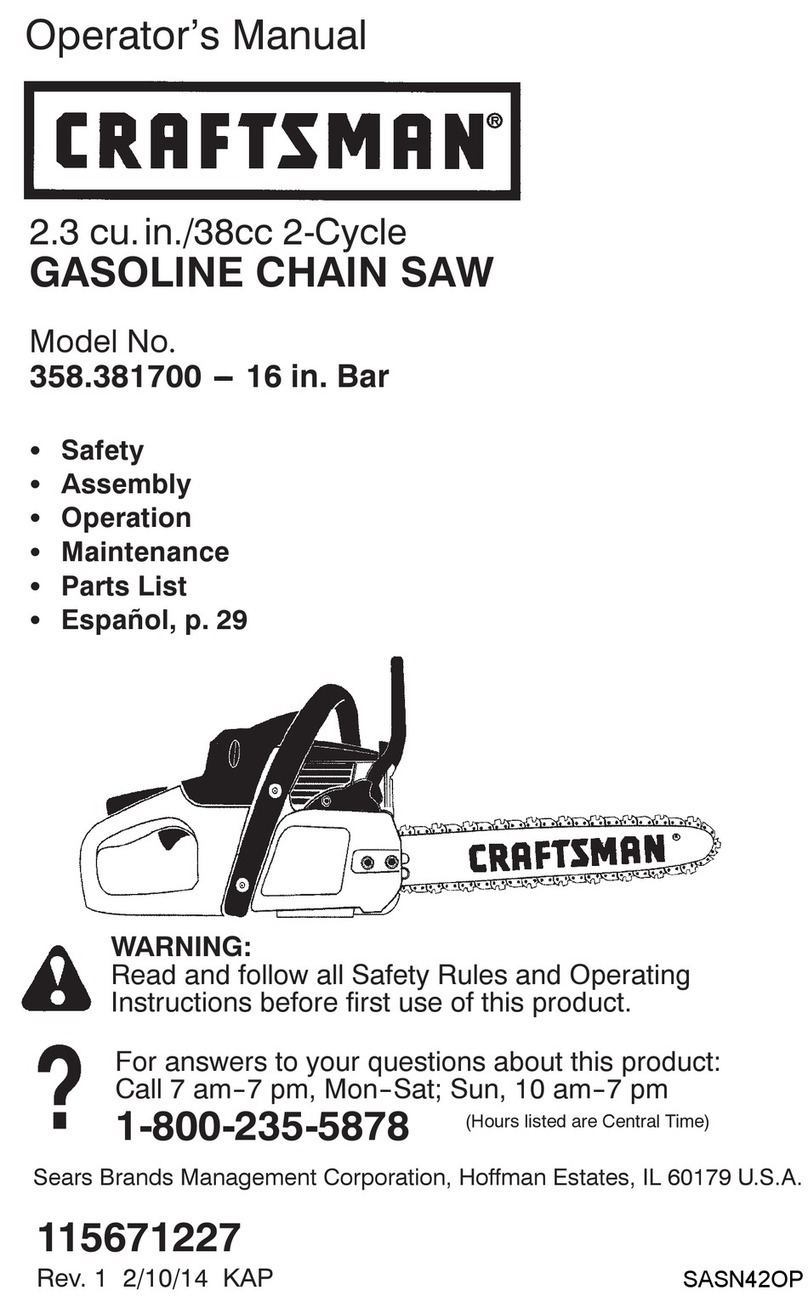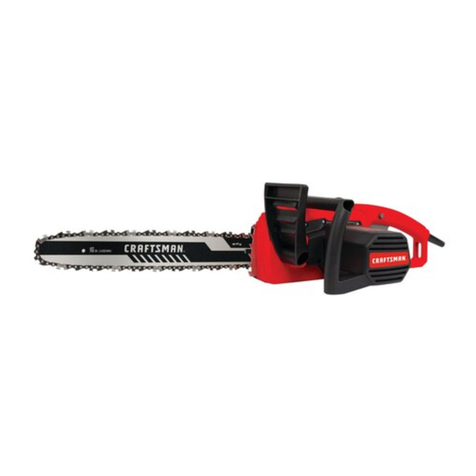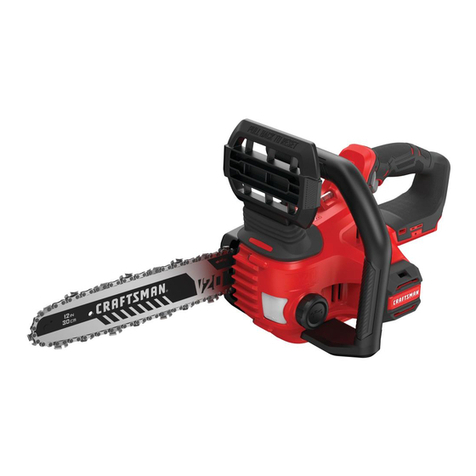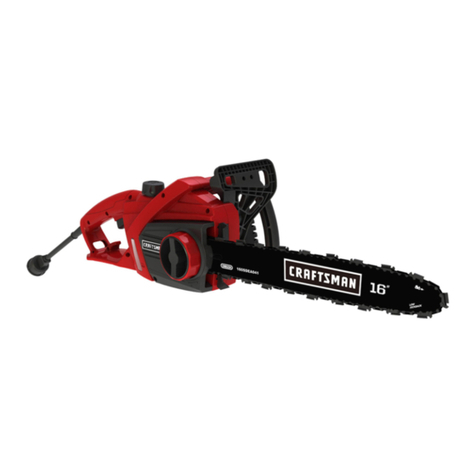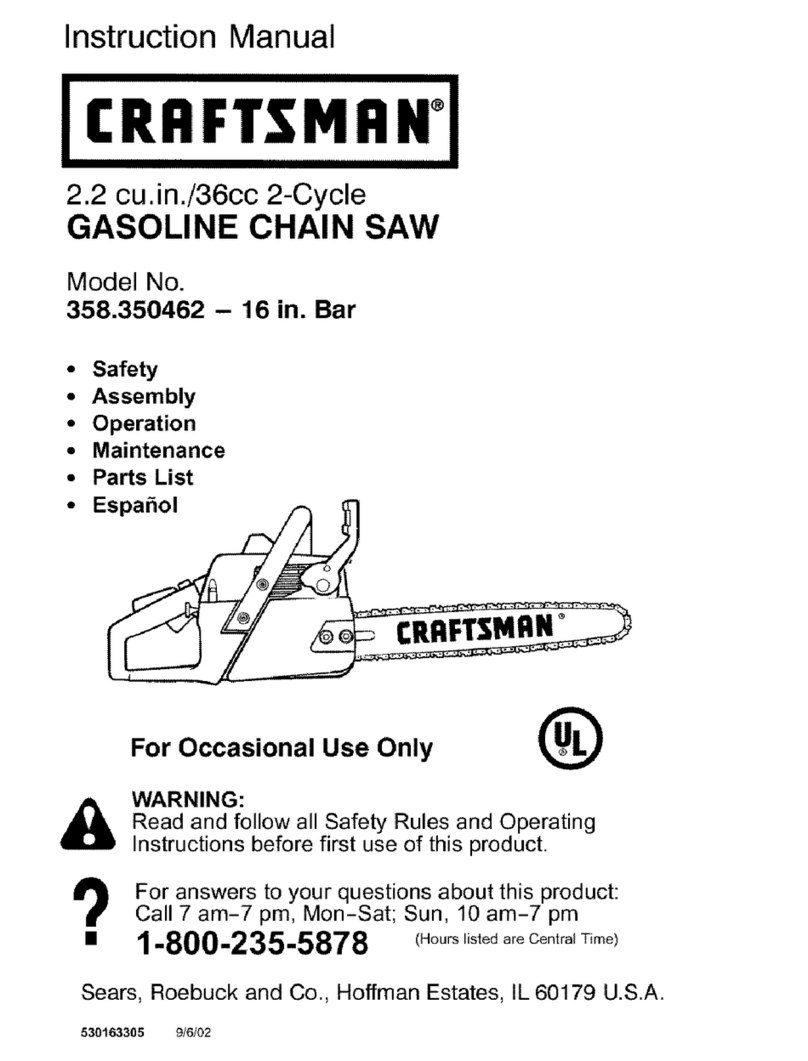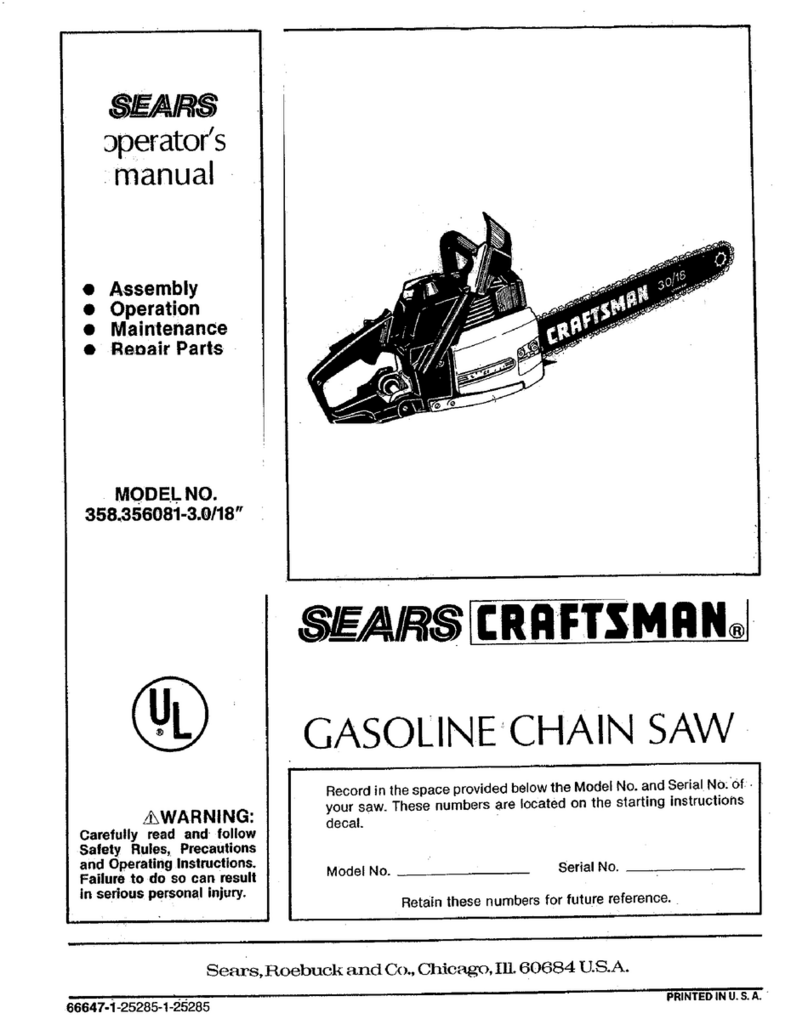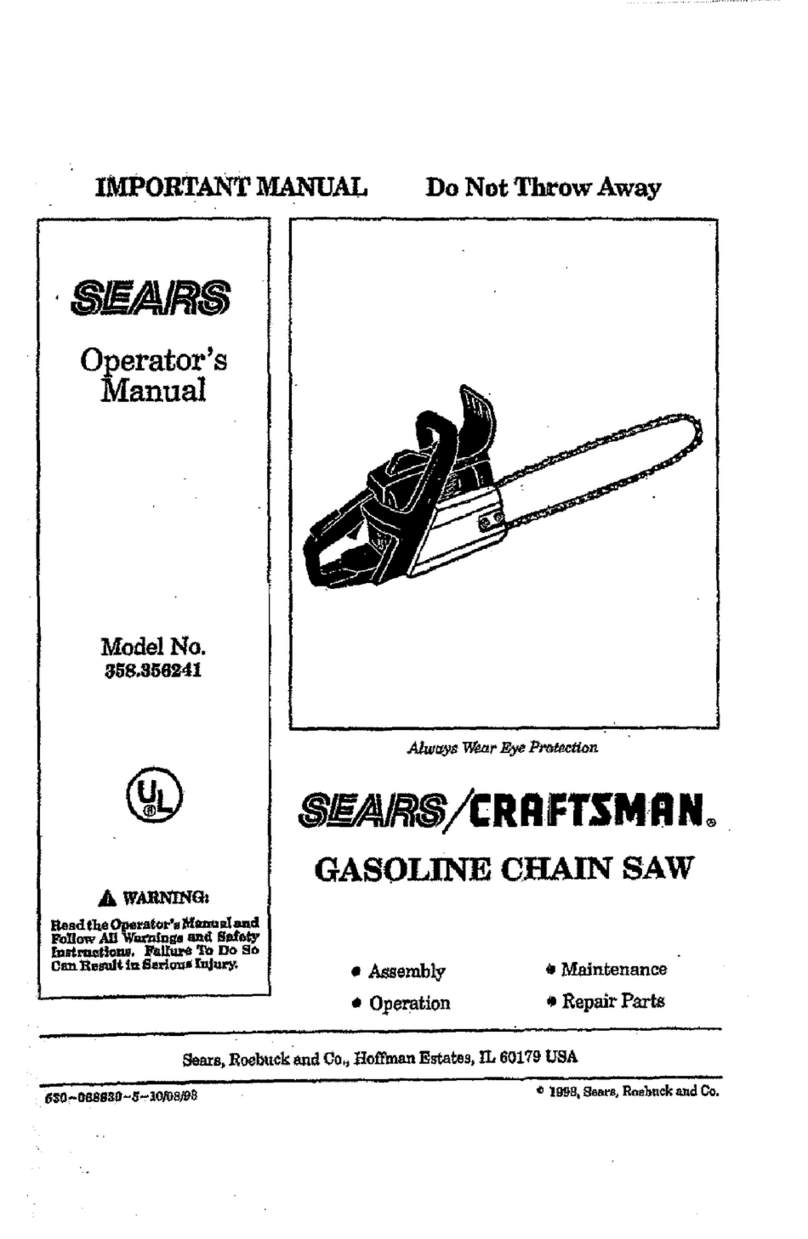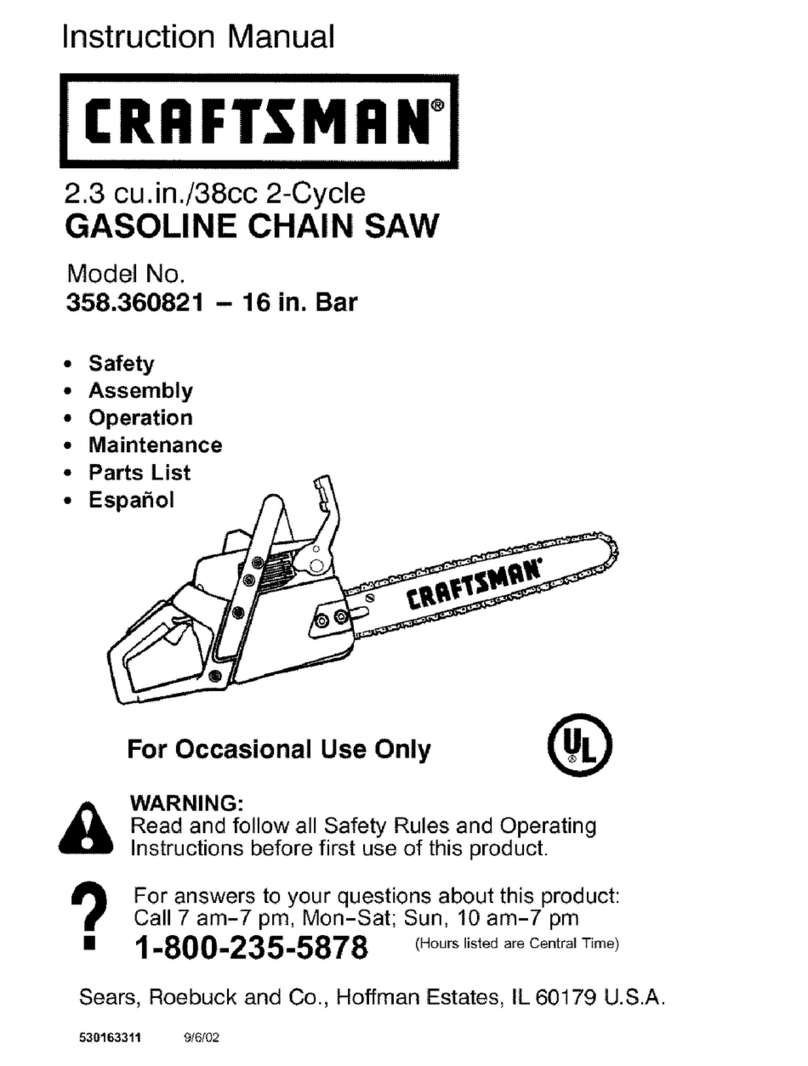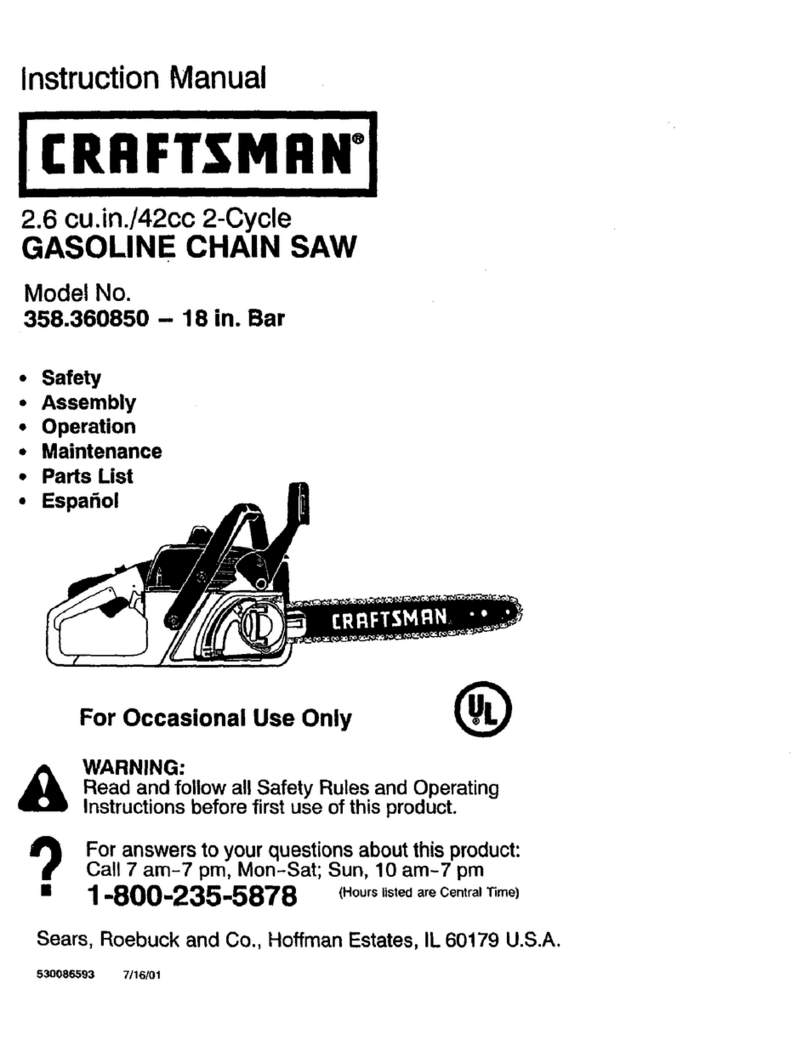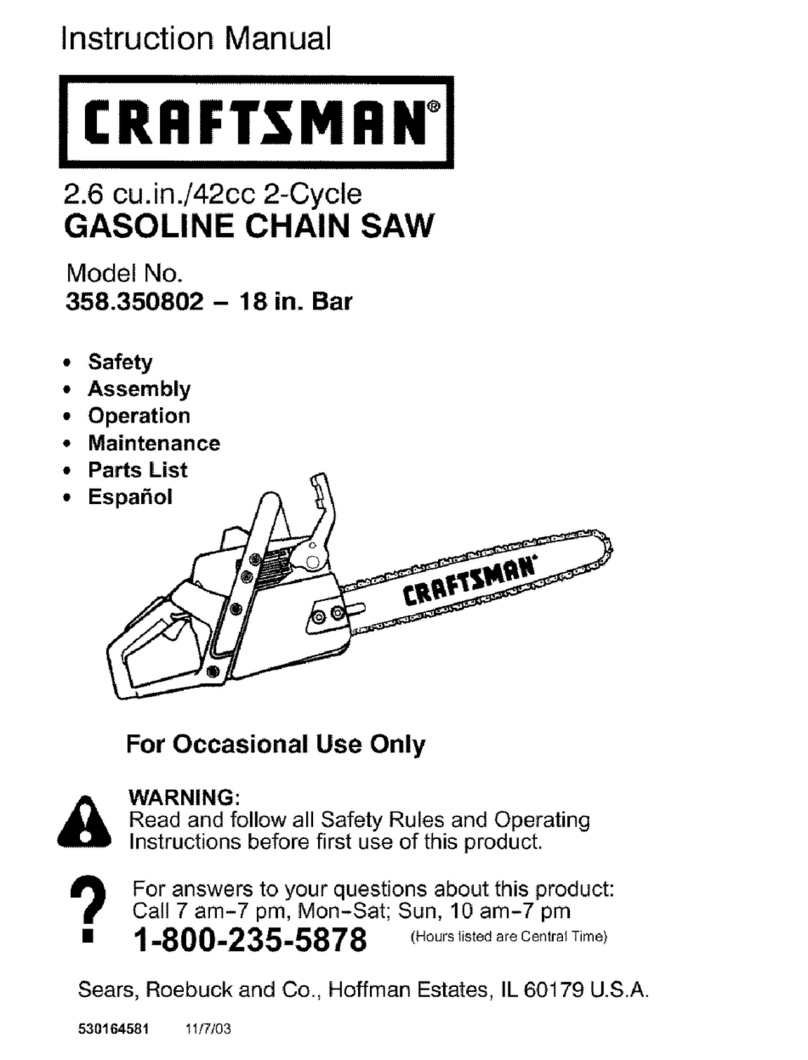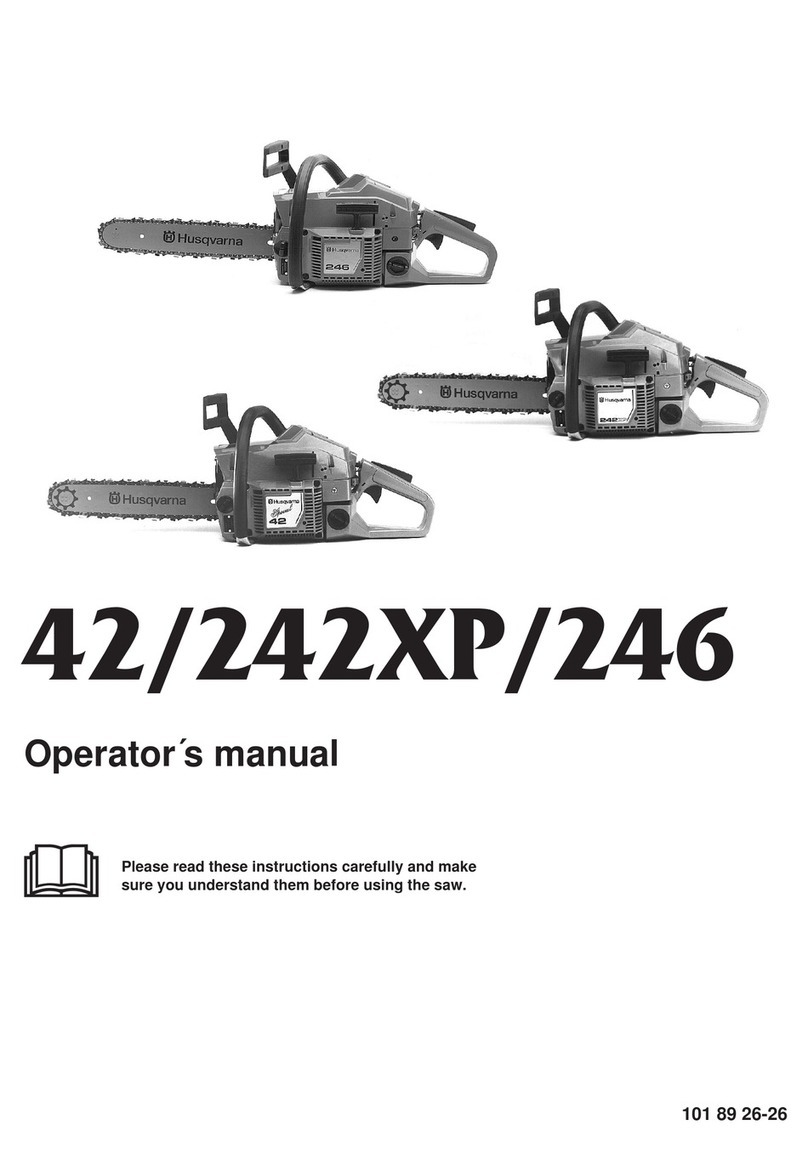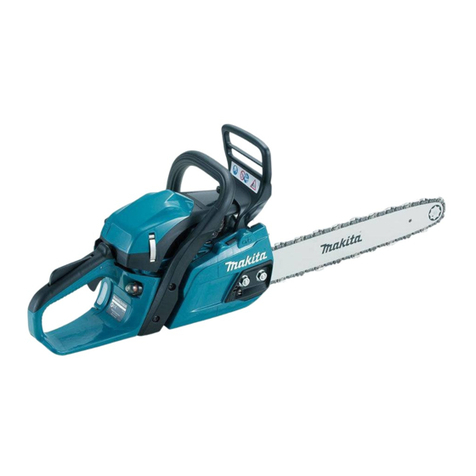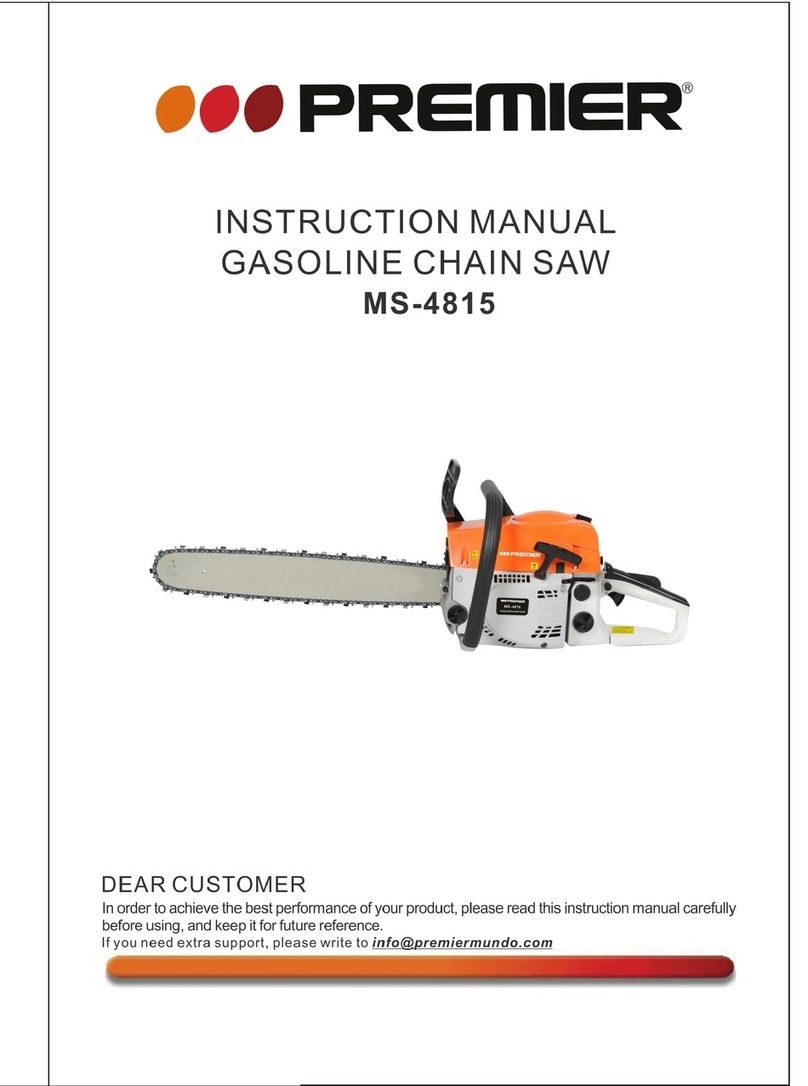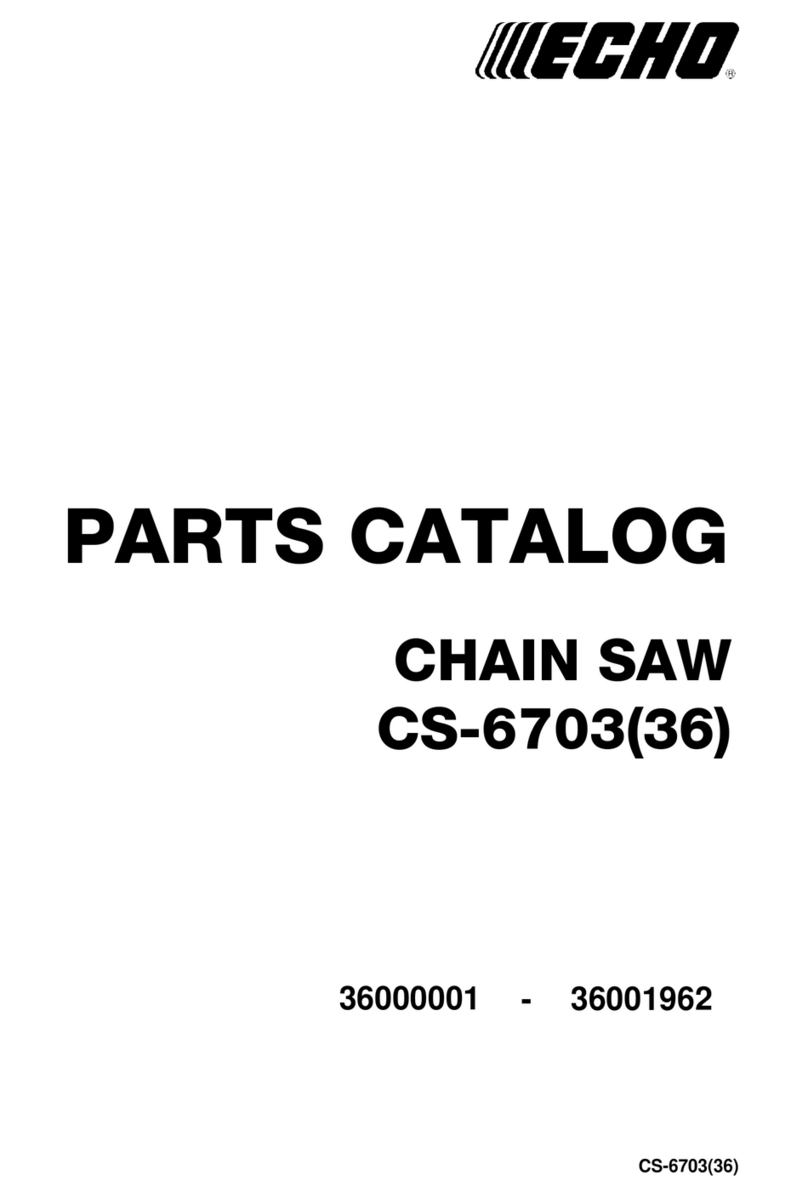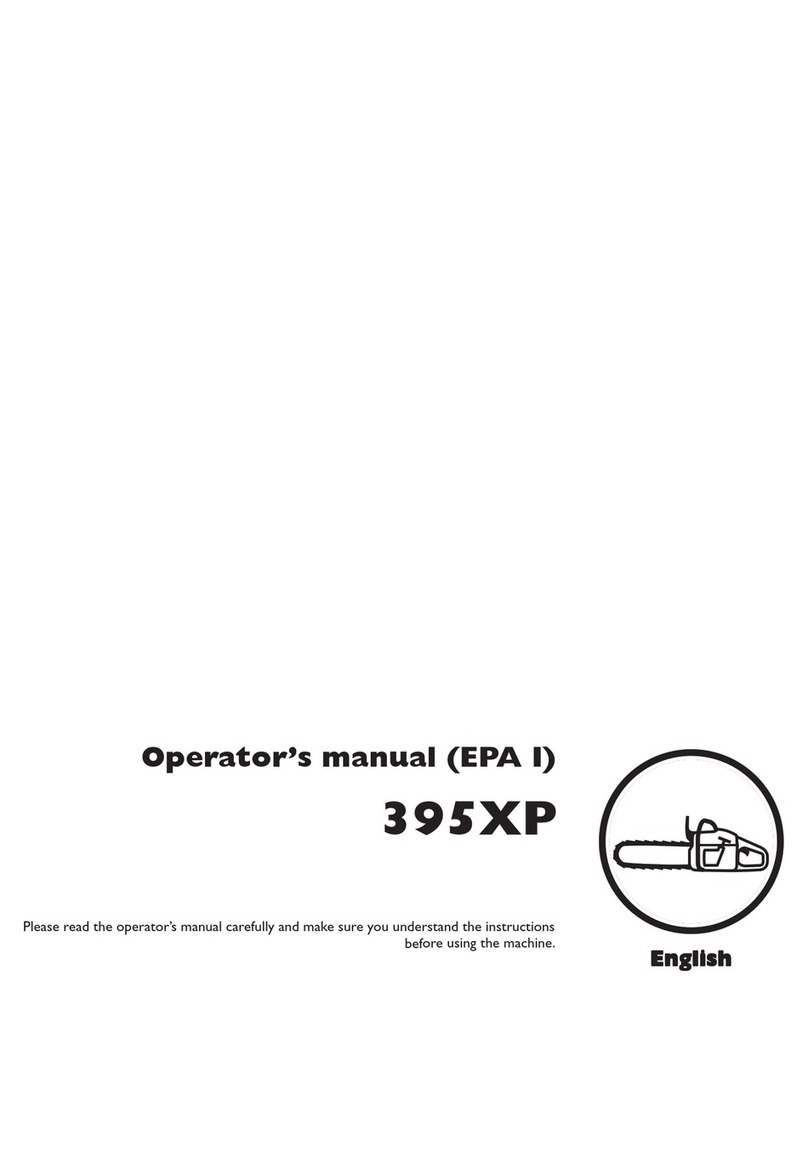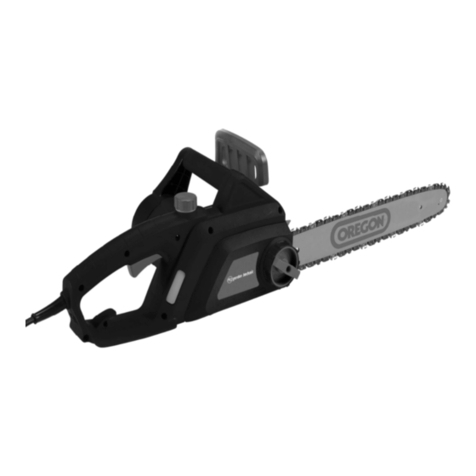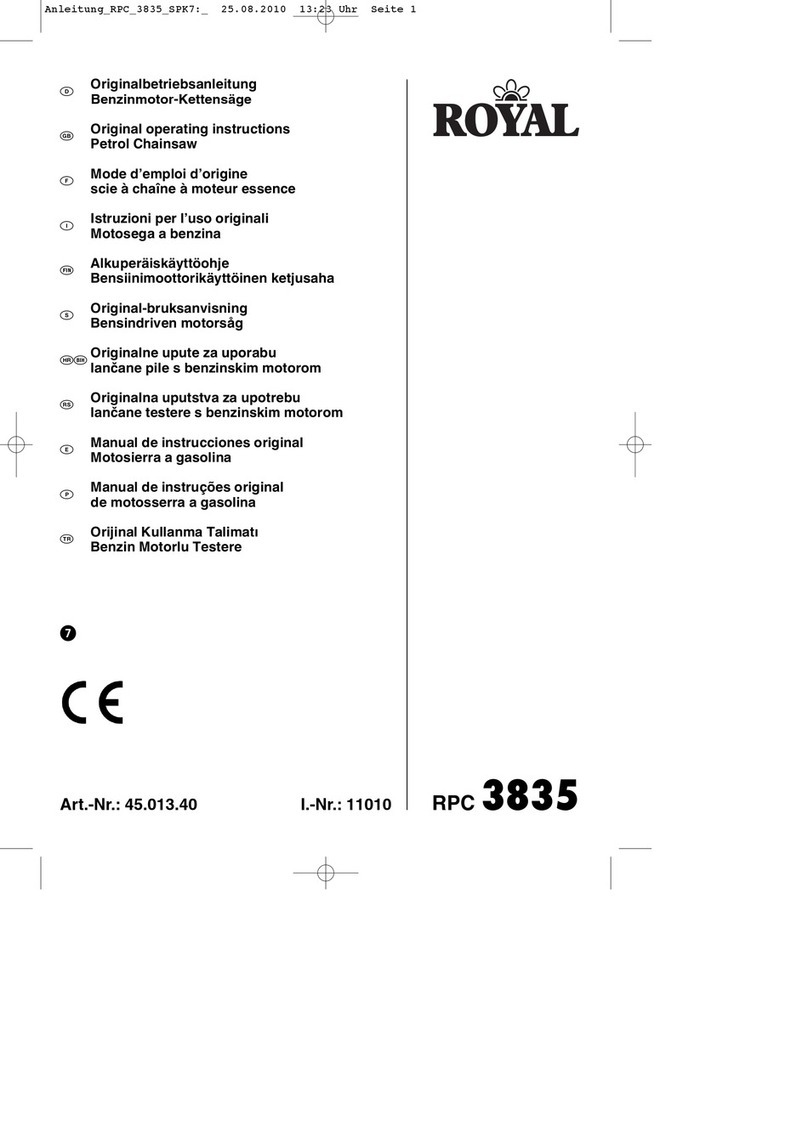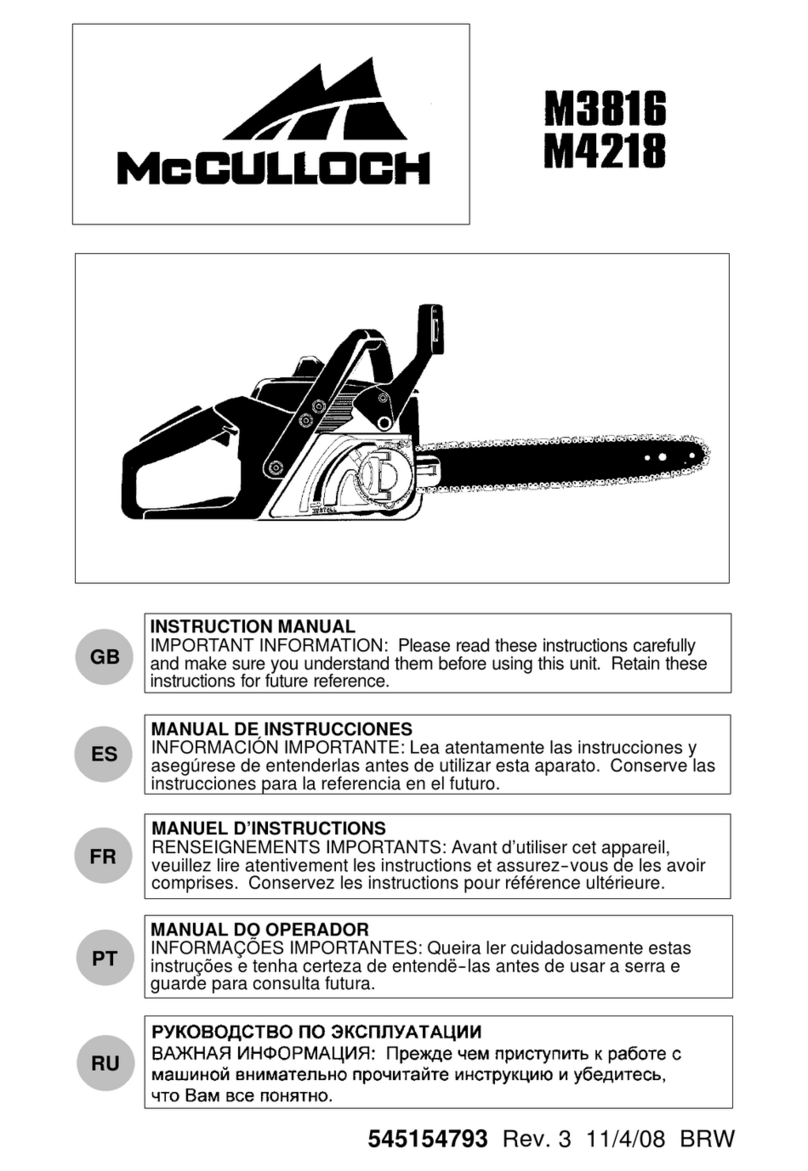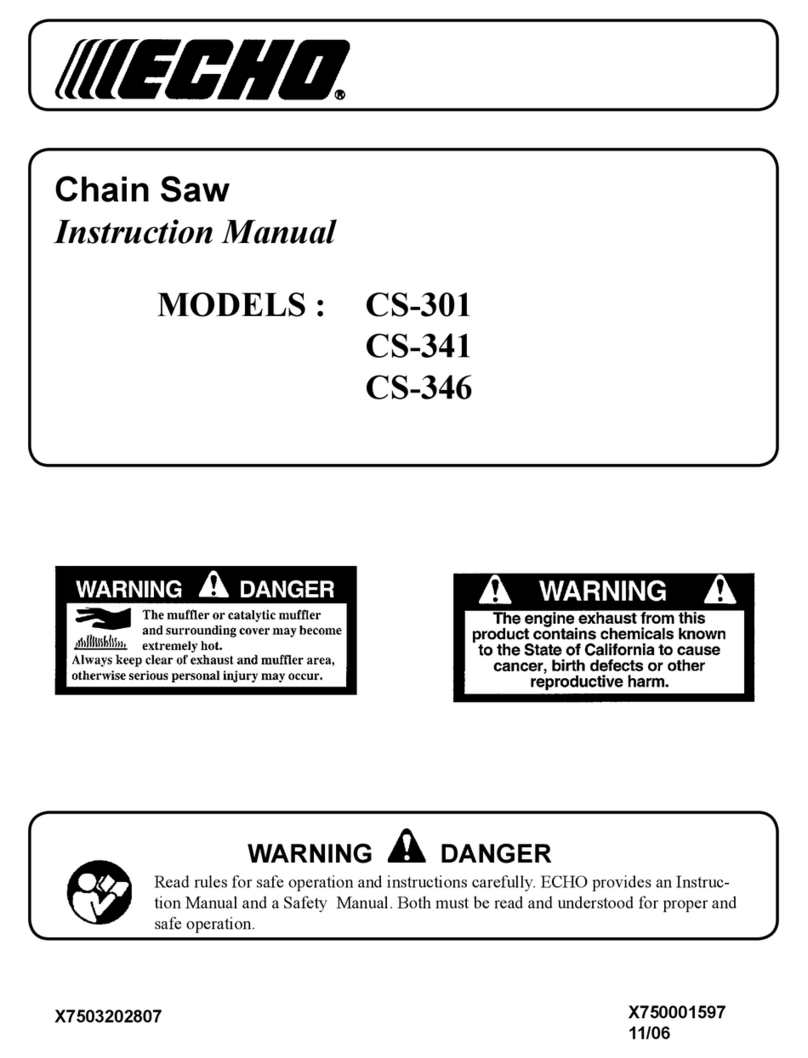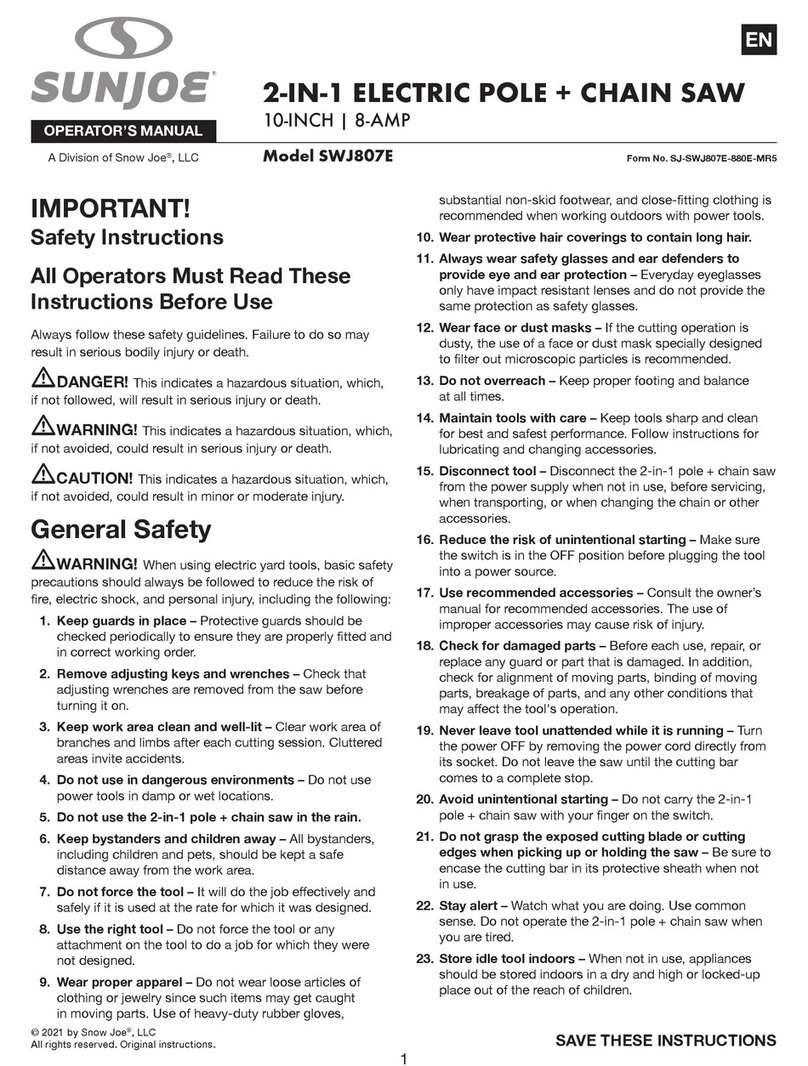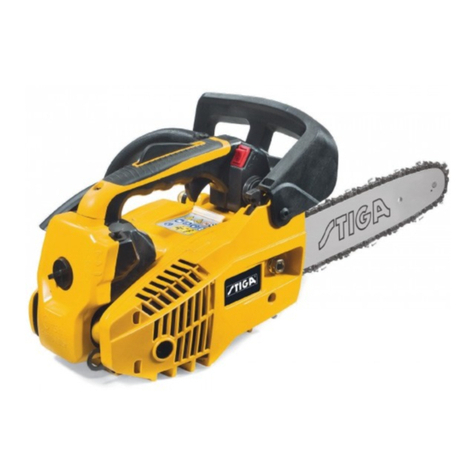FUEL MIXTURE CHART
GASOUNE OIL
I Gallon 3.2 Ounces
2.5 Ganons 8.0 Ounces
MPORTANT! ,Alcohol blended fuels called gasohol
using ethanol or methanol) can attract moisture,
_hich leads to fuel - oil separation'and formation of
Lcidsduring storage. Acidic gas can damage the fuel
system of an engine while in storage. To avoid engine
problems, the fuel system should be emptied before
storage of 30 days or longer. Drain the gas tank, then
run the fuel out of the carburetor and fuel lines by
starling the engine and letting it run until itstops. Use
fresh fuel next season. See storage instructionsfor
eddltior_l information. Never use engine or carburetor
cleaner products in the fuel tank or permanent damage
may occur.
2-CYCLE OIL
Craftsman 2-cycle, air-cooled engine oil is specially
blended with fuel stabilizers. If you do not use this
Sears oil, you can add a fuel stabilizer, such as
Craftsman No. 33500, to your fuel mix.
FUEL STABILIZER
Afuel stabilizer is an acceptable altemative in
minimizing the formation of fuel gum deposits during
storage. Add stabilizer to gasoline mixture in fuel
storage container and mix well. Always follow the fuel
mix ratio found on the stabilizer container. Run engine
at least 5 minutes after adding stabilizer to allow the
stabilizer to reach the carburetor, You do not have to
drain the fuel tank for storage ifyou are using fuel
stabilizer.
BAR AND CHAIN OIL
We recommend a special chain oil (low sling, high
tack) to lubricate your bar and chain; consult your local
Sears retailer. During chain saw operations at
temperatures below freezing (0°C/32°F), the chain oil
viscosity increases creating an ovedoad to the
automatic oil pump. Overloading results in damage to
the driver gear, pump mechanism, and bar and chain.
A special cold-climate chain oil should be used. Refill
chain oil each time you refuel. CAUTION: Never use
waste engine oil; it will damage the pump.
OIL PUMP
Your chain saw is equipped with an automatic oil
pump that pumps oil to the chain when the chain is
rotating. You may adjust the amount of oil pumped to
compensate for long bars and chains or for extremely
hard or frozen wood. Adjust the flow rate by turning the
adjustment screw. The adjustment screw is located on
the bottom of the saw below the markings + - on the
same side as the bar and chain (Fig. 5). Turning
counterclockwise (+) increases the amount of oil,
clockwise (-) decreases the flow. Never cut without
chain lubrication. Check proper level before each
cutting.
RGURE 5
STOPPING ENGINE
To stop engine, release the throttle lever. Move the
On-Off switch to the oft (STOP) position.
STARTING COLD
NOTE: Check chain tension before startingl
1. Tum the on-off switch to the on "1"position.
2. Pull out the choke knob. The fast idle stays set
untilthe throttle isdepressed, at which time the
red pin inside the choke lever retracts (idle
position).
CAUTION: Retain a secure gdp on the saw using the
foot and hand position for starting the chain saw in a
safe manner.
3. Pump fuel primer until it is approximately ½full
with fuel and increased resistance is felt. Proceed
with cold starting instructions.
4. Slowly pull on starter grip until rope encounters
some resistance from starter pulley. Next, pu_l
rope firmly and rapidly in an upward motion. Guide
rope back intostarter rather than letting itsnap
back.
5. Repeat rope pulls until engine attempts to start,
usually 2-3 pulls, no more than 5; then
immediately push in choke knob.
6. Once the engine is steadily running depress and
release the throttle lever to allow engine to operate
at idle speed. NOTE: Depressing (and then
releasing) the throttle lever releases the half-
throttle automatic lock and the red indicator pin on
the choke knob retracts. The engine continues to
runat idlespeed.
7. Should the engine fail to start after several
repeated starting attempts, the engine has already
been "flooded"(too much fuel mixture in cylinder).
In this case, remove the spark plug and dry it. Set
the ignitionswitch to "stop"and the throttle lever to
fullthrottle. Crank engine by pulling the starter
rope several times to vent fuel mix and vapors
from cylinderand crankcase. Check spark plug
gap (.015-.020"); correct if necessary. Reinstall
spark plug;connect spark plug cap. Set ignition
b
